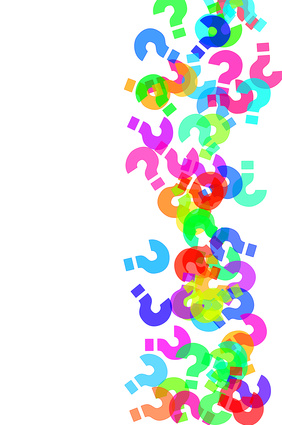Uses
- To make the abstract more tangible and real.
- Helps to understand, analyze, and improve upon the abstract.
- Helps with planning for the future.
- As a tool for business modeling.
Description

Future scenario planning was first used in the military to anticipate possible scenarios where the troops would need to respond to threats quickly and effectively. The main logic behind future scenario planning is to plan ahead in order to be able to choose actions accordingly. A quickly made decision to act is always a risk, especially in the business world.
When creating a scenario, two elements are essential: the customer setting and future environments.
Customer settings: how products and services are used, what kinds of customers use them and so on. These scenarios build on customer insights. The scenario makes customer insights tangible.
Future environments in which the business model might compete: This is not about predicting the future but again about providing detail. Applying scenario-planning techniques to business model innovation forces reflection on how a model might have to evolve under certain conditions.
TIPS
- The more specific and detailed you can be – the better.
- Identify two sets of drivers, and set them as x and y axes (refer to Max Axes).
[1] Osterwalder, A., Pigneur, Y. 2010. Business Model Generation: A Handbook for Visionaries, Game Changers, and Challengers, John Wiley & Sons, New Jersey.